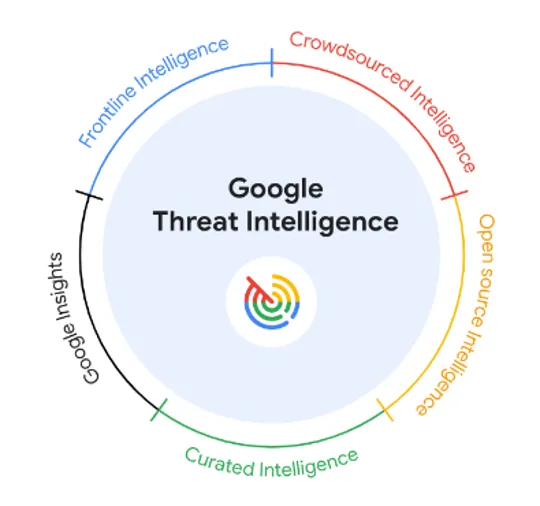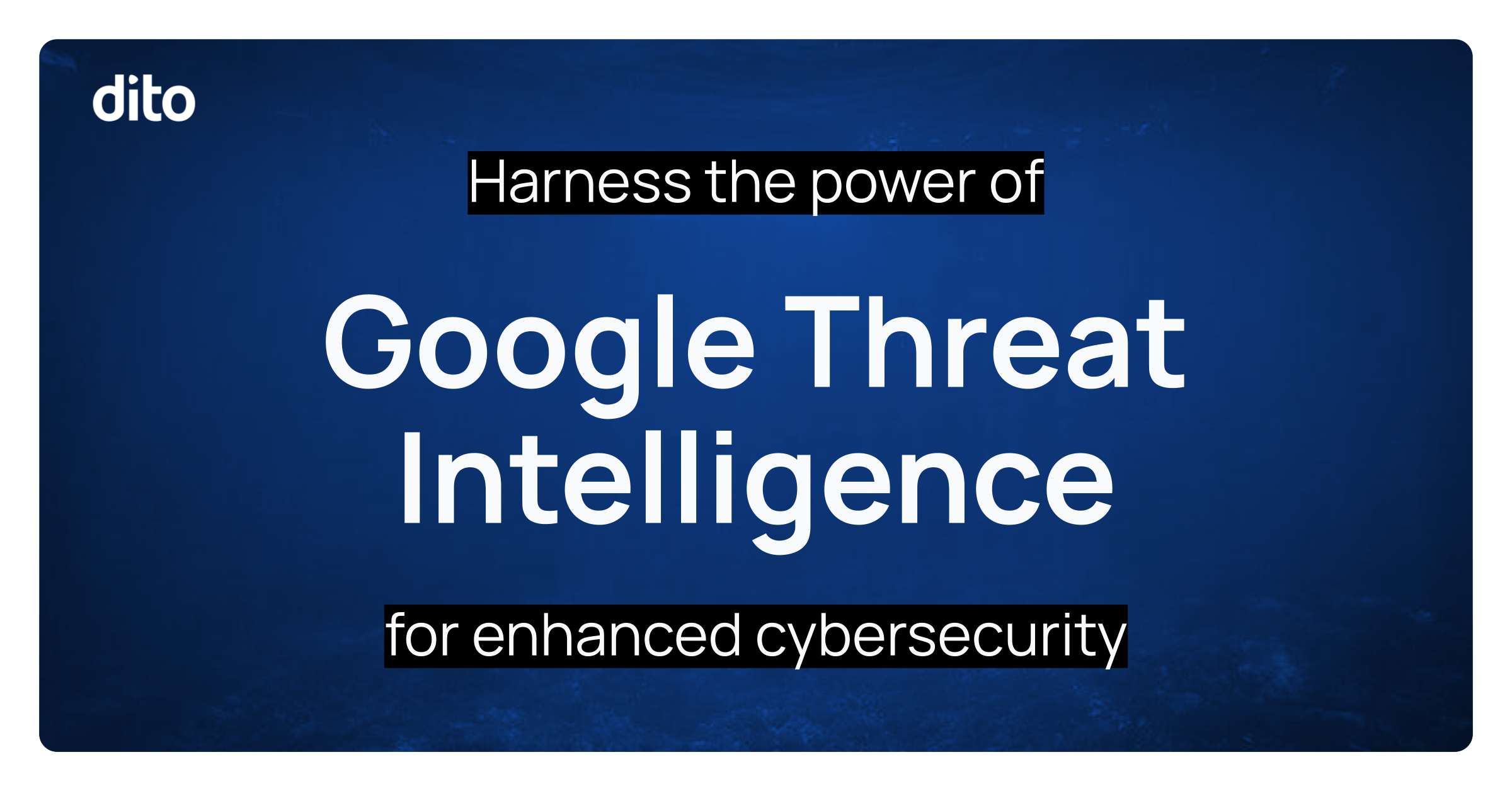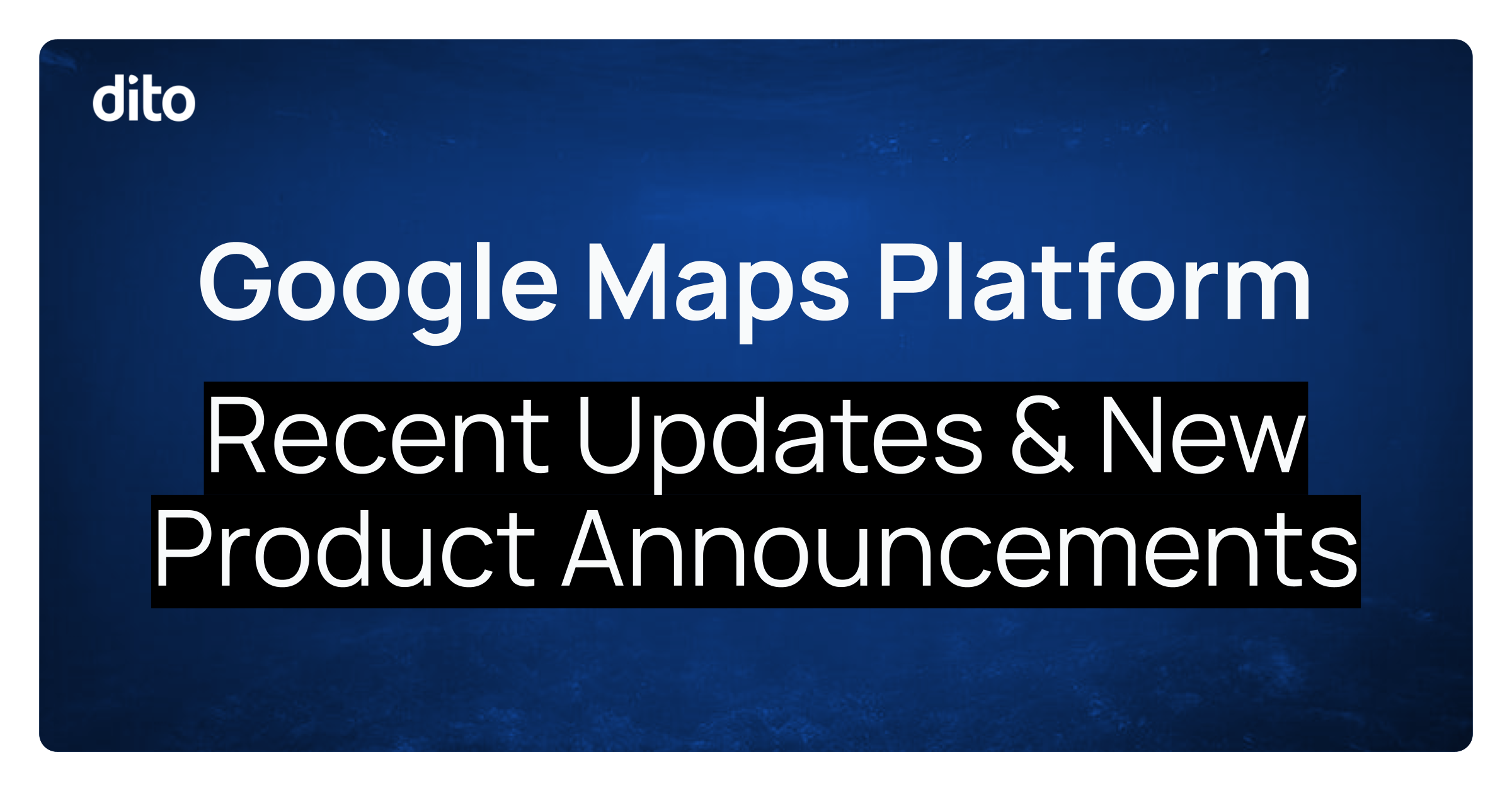In today’s digital landscape, organizations face an ever-evolving array of cyber threats that can compromise their data, reputation, and bottom line. With threat actors continuously employing more sophisticated techniques, it is crucial to have access to timely and actionable threat intelligence.
Leveraging the collective knowledge of a large threat intelligence network is essential for maximizing security posture and ensuring a robust defense against potential breaches.
This is where Google Threat Intelligence comes in
Google Threat Intelligence, announced on May 6, 2024 at the RSA Conference, is a new comprehensive service that leverages Google’s vast experience and resources in cybersecurity to help organizations understand and defend against the latest cyber threats. By tapping into data from billions of devices, including 5 billion Chrome browsers and 3 billion Gmail inboxes, Google has an unparalleled view of the global threat landscape.
One of the key strengths of Google Threat Intelligence is the expertise it gains from Mandiant, a leading cybersecurity firm that Google acquired in 2022. Mandiant’s team of security professionals have hands-on experience investigating and responding to real-world cyberattacks, providing valuable insights that are incorporated into the threat intelligence service.
Another powerful component of Google Threat Intelligence is VirusTotal, a crowdsourced platform that allows users to submit suspicious files and URLs for scanning by multiple antivirus engines. This collaborative approach helps identify new and emerging threats quickly, enabling organizations to take proactive measures to protect themselves.
Combining insights from Mandiant and VirusTotal with Google’s knowledge of cybersecurity and its generative AI capabilities, Google Threat Intelligence will provide more actionable, automated, and integrated threat detection and response solutions to enhance security operations teams.
- Unified Threat Intelligence: The new Google Threat Intelligence merges capabilities from multiple sources within Google Cloud, notably Mandiant, VirusTotal, and Google’s own treasure trove of security data. This enhances the ability to correlate threats from these vast and diverse sources, improving the detection and response to cyber threats.
- GenAI-Powered Insights: The integration of Gemini allows security operations teams to quickly analyze large data sets and generate actionable insights with the power of generative AI.
- Enhanced Visibility and Automation: The offering automates the process of threat detection to the extent of not only identifying but also helping contain threats. This automation provides security teams with increased visibility and operational efficiency.
- SecOps Platform Integration: Google Threat Intelligence is available as a standalone product but is also deeply integrated into the Google Chronicle Security Operations platform. This integration supports automated threat hunting that alerts teams to new threats without requiring manual intervention.

Deploy Google Threat Intelligence
To deploy and leverage Google Threat Intelligence within an organization’s existing cyber infrastructure, a phased approach is recommended:
- Assessment: Begin by evaluating the organization’s current cybersecurity posture and identifying gaps that can be addressed by threat intelligence.
- Integration: Integrate Google Threat Intelligence feeds into the organization’s security information and event management (SIEM) system, intrusion detection/prevention systems (IDS/IPS), and other security tools.
- Analysis: Establish a dedicated threat intelligence team to analyze the data provided by Google Threat Intelligence and correlate it with internal security events and incidents.
- Action: Develop and implement incident response plans based on the insights gained from threat intelligence, and use this information to continuously improve the organization’s cybersecurity defenses.
- Training: Ensure that all relevant personnel, including security teams, IT staff, and employees, are trained on how to use and interpret threat intelligence to enhance their cybersecurity awareness and skills.
By adopting Google Threat Intelligence, organizations can expect to reap several key benefits:
- Enhanced Threat Detection: With access to Google’s vast threat data and advanced analytics, organizations can identify and block potential cyberattacks more effectively.
- Faster Incident Response: Threat intelligence provides context and insights that enable security teams to respond to incidents more quickly and efficiently, minimizing the impact of a breach.
- Reduced Risk: By understanding the specific threats targeting their industry and organization, businesses can prioritize their cybersecurity investments and implement targeted defenses to reduce their overall risk.
- Compliance Support: Many industries have strict cybersecurity regulations, and Google Threat Intelligence can help organizations demonstrate compliance by providing evidence of their proactive threat monitoring and response capabilities.
- Competitive Advantage: In an era where cyber threats can cause significant financial and reputational damage, having a robust threat intelligence program can differentiate an organization from its competitors and strengthen customer trust.
In conclusion, Google Threat Intelligence is a powerful tool that every organization should consider integrating into their cybersecurity strategy. By leveraging Google’s unmatched resources, expertise, and collaborative approach to threat intelligence, businesses can stay one step ahead of cyber criminals and protect their most valuable assets.










